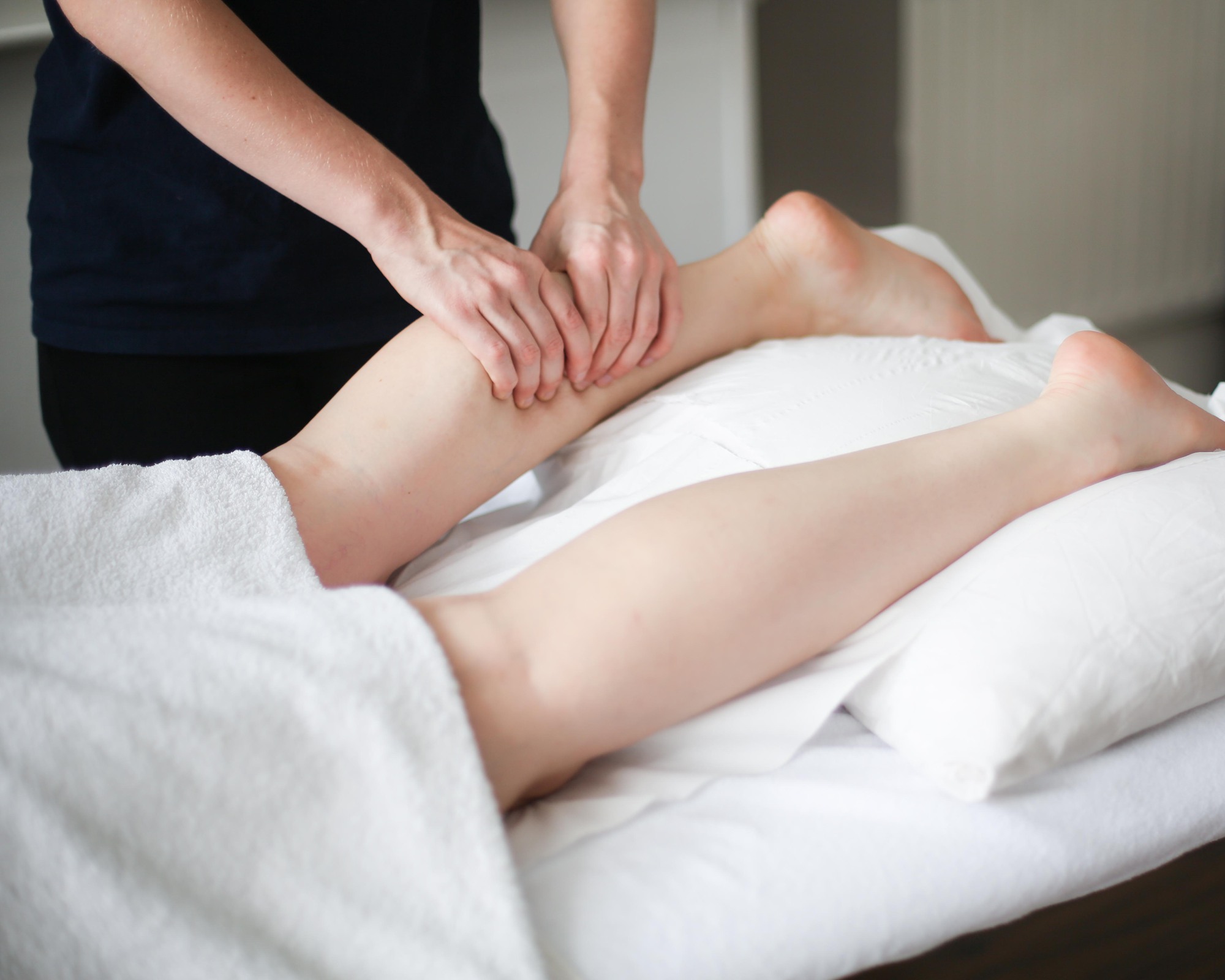3 common running injuries to never train through.
Getting into running can be hard at the best of times, especially if you have signed yourself up for that half marathon you always said you’d do; or getting back into exercise after your holiday of a few too many cocktails.
Running is such a common and easy type of exercise to do, but if you don’t listen to your body you can seriously injury yourself. If you experience any of the following problems a treatment can help dramatically with the healing process and we can assess why the problem has occurred.
Here are 3 common injuries when you should pull the brakes with running:
Stress fractures
What is it? – Microscopic breaks in bone, most commonly in the bones of the lower leg. People often called them shin splints.
Why it happens? – They are a result of too much stress on the bone, more than it can handle. This can happen from doing high impact exercise/running too quickly.
Why stop? – If you continue to stress the bone, that microscopic fracture can turn into a full on break requiring bed rest, casts or even surgery.
Patellofemoral pain syndrome
What is it? – Also known as runner’s knee. It is where the kneecap rubs on the thigh bone (femur) predominantly causing pain at the front of the knee.
Why it happens? – Muscle and strength imbalances in the quadriceps, hips as well as excessive tension in the connective tissue surrounding the knee.
Why stop? – Training through runner’s knee can lead to accelerated damage and degradation of the cartilage that sits underneath the kneecap.
Achilles tendinopathy
What is it? – The Achilles tendon is the strongest and thickest tendon in the body, located on the back of your heels and lower calf muscles. A tendinopathy can range from mild damage to a complete rupture.
Why does it happen? – It can occur when too much demand is put on the tendon, most often in people with tight and/or weak calf muscles. (More common in men).
Why stop? – Continuing to stress the Achilles when injured can progress into chronic degeneration, called Achilles tendinosis.
Pushing through your injuries creates a longer recovery time and most of the time, more damage. If you have any further questions, or would like some advice, do not hesitate to contact me today.
Happy running!

